Free and Easy Website Design for Museums and Historic Sites
American Association for State and Local History
Book Series
Series Editor: Russell Lewis, Chicago History Museum
Editorial Advisory Board
Anne W. Ackerson, Leading by Design
Eloise Batic, Indiana Historical Society
William Bomar, University of Alabama Museums
Jessica Dorman, The Historic New Orleans Collection
W. Eric Emerson, South Carolina Department of Archives and History
Tim Grove, National Air and Space Museum
Laura Koloski, The Pew Center for Arts & Heritage
Garet Livermore, Sagamore Institute of the Adirondacks
Laurie Ossman, Preservation Society of Newport County
Laura Roberts, Roberts Consulting
Sandra Smith, Heinz History Center
Kimberly Springle, Charles Sumner School Museum and Archives
Elizabeth Joan Van Allen, Kentucky Historical Society
Staff
Bob Beatty, AASLH
Charles Harmon, Rowman & Littlefield Publishers
About the Series
The American Association for State and Local History Book Series addresses issues critical to the field of state and local history through interpretive, intellectual, scholarly, and educational texts. To submit a proposal or manuscript to the series, please request proposal guidelines from AASLH headquarters: AASLH Editorial Board, 1717 Church St., Nashville, Tennessee 37203. Telephone: (615) 320-3203. Website: www.aaslh.org.
About the Organization
The American Association for State and Local History (AASLH) is a national history membership association headquartered in Nashville, Tennessee. AASLH provides leadership and support for its members who preserve and interpret state and local history in order to make the past more meaningful to all Americans. AASLH members are leaders in preserving, researching, and interpreting traces of the American past to connect the people, thoughts, and events of yesterday with the creative memories and abiding concerns of people, communities, and our nation today. In addition to sponsorship of this book series, AASLH publishes History News magazine, a newsletter, technical leaflets and reports, and other materials; confers prizes and awards in recognition of outstanding achievement in the field; supports a broad education program and other activities designed to help members work more effectively; and advocates on behalf of the discipline of history. To join AASLH, go to www.aaslh.org or contact Membership Services, AASLH, 1717 Church St., Nashville, TN 37203.
Free and Easy Website Design for Museums and Historic Sites
Kelsey J. S. Ransick
ROWMAN & LITTLEFIELD
Lanham Boulder New York London
Published by Rowman & Littlefield
A wholly owned subsidiary of The Rowman & Littlefield Publishing Group, Inc.
4501 Forbes Boulevard, Suite 200, Lanham, Maryland 20706
www.rowman.com
Unit A, Whitacre Mews, 26-34 Stannary Street, London SE11 4AB
Copyright 2016 by Rowman & Littlefield
All rights reserved . No part of this book may be reproduced in any form or by any electronic or mechanical means, including information storage and retrieval systems, without written permission from the publisher, except by a reviewer who may quote passages in a review.
British Library Cataloguing in Publication Information Available
Library of Congress Cataloging-in-Publication Data
Ransick, Kelsey J. S., author.
Free and easy website design for museums and historic sites / Kelsey J. S. Ransick.
pages cm. (American Association for State and Local History book series)
Includes bibliographical references and index.
ISBN 978-1-4422-5579-1 (cloth : alk. paper) ISBN 978-1-4422-5580-7 (pbk. : alk. paper) ISBN 978-1-4422-5581-4 (electronic)
1. Web sitesDesign. 2. Web site development. 3. Museum information networksUnited States. 4. Historic sitesUnited StatesInformation services. 5. Museum visitorsEducation. I. American Association for State and Local History. II. Title.
TK5105.888.R364 2015
006.7dc23
2015030313
 The paper used in this publication meets the minimum requirements of American National Standard for Information SciencesPermanence of Paper for Printed Library Materials, ANSI/NISO Z39.48-1992.
The paper used in this publication meets the minimum requirements of American National Standard for Information SciencesPermanence of Paper for Printed Library Materials, ANSI/NISO Z39.48-1992.
Printed in the United States of America
For my grandmothers, Jean and Judy
Contents
Do not miss the free website extras that come with this book! These include additional design tips and tools, an HTML tester, and updated WYSIWYG editor guides. Find them all at freethemuseum.net using your special access code: 239clwaej34lsg.
Kelsey Ransick is a young museum professional with a mission. She wants every museum and historic site, no matter how small, to be able to present its unique story and attract visitors through a good-looking, information-packed website. And in this easy-to-follow book, Kelsey offers clear instructions on how your organization can prepare for, build, and maintain an appealing website.
Kelsey Ransick is just the person to make the case for small-museum websites. As one of the graduate assistants attached to Sustaining Places, a three-year project developed by the University of Delaware Museum Studies Program and funded by the Institute for Museum and Library Services, Kelsey created the first iteration of our online encyclopedia of resources for small historical organizations, www.sustainingplaces.com. Adapting a WordPress template to our needs, Kelsey built a site notable for both its clarity and utility and trained other graduate students to take over the project when she graduated.
From the Museum Studies Programs collaborations with small museums through Sustaining Places and course-based projects, I have learned that the digital divide between small community-based museums and larger organizations is still growingand thats not a good thing. While small organizations like yours may never be in the business of building apps or creating complex digital projects, they need to be present online. Your appealing stories, remarkable collections, and enjoyable public programs deserve the exposure that an attractive and informative website, findable through standard search engines and updated regularly, can bring.
Let Kelsey Ransick be your guide to the increasingly accessible world of website construction. With some planning and commitment, youll find that building a website can even be fun. Good luck!
Katherine C. Grier
Director, Museum Studies Program
University of Delaware
In the twenty-five years or so since the World Wide Web became worldwide, a lot has changed. Programmers and engineers continue to develop software and write code, but some now have careers focused wholly on mobile app development. Whole new theories and schools of study have sprung up around Internet usage. Social media for museums and cultural institutions now includes Twitter, Facebook, Pinterest, LinkedIn, and scores more sites that were certainly not part of the Webs original infrastructure. The explosion of Web-based phone technologies, such as Skype and Talkatone, is proof enough that the way we interact with the Web changes quickly and constantly. The words Internet and Web site have become so ingrained in our daily vocabulary that they have undergone the ultimate acknowledgment of acceptance in the English languagethey have been modified by everyday speech, and now neither requires capitalization! Though this may seem trivial, what it ultimately shows is that the internet of the twenty-first century is, in many ways, a new beast, and we must reevaluate a number of the conventional rules regarding its use. Free and Easy Website Design for Museums and Historic Sites is here to help.
Why Bother?
Convention holds that small and local businesses, including museums and other nonprofits, are notoriously slow at adopting new technology. Unfortunately, this all-too-often proves true. A 2013 survey by website host Weebly noted that over 55 percent of businesses and almost 40 percent of nonprofits do not have a website. Without a website, a business often seems inaccessible and unreliable, and consumers are increasingly liable to seek out another organization whose information is easier to access.
Next page

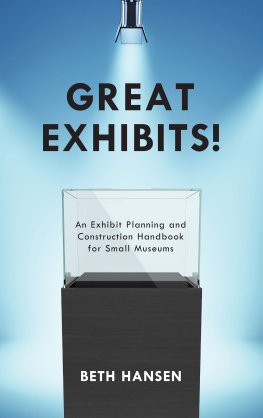
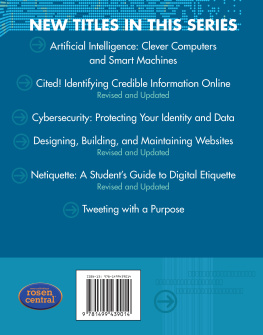
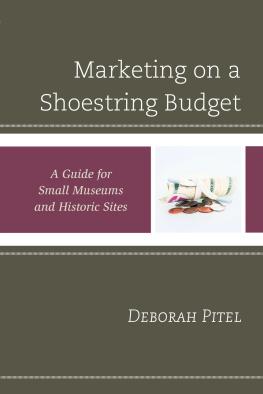


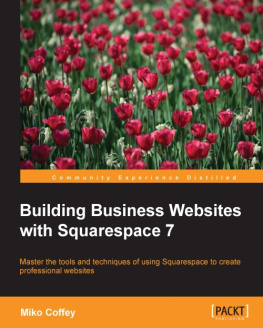
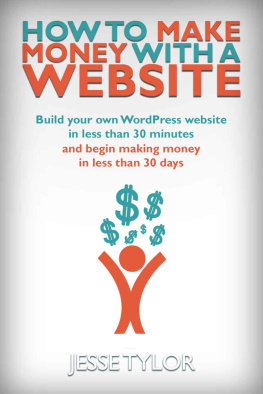
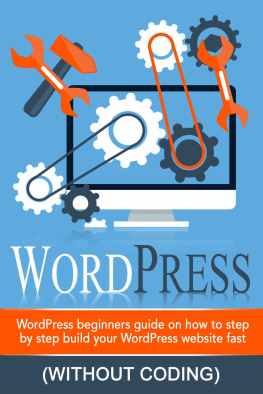
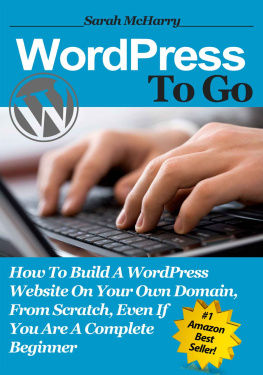
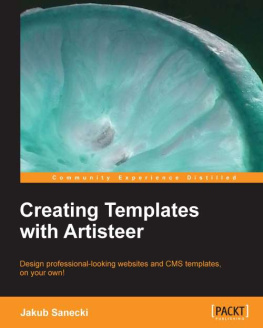
 The paper used in this publication meets the minimum requirements of American National Standard for Information SciencesPermanence of Paper for Printed Library Materials, ANSI/NISO Z39.48-1992.
The paper used in this publication meets the minimum requirements of American National Standard for Information SciencesPermanence of Paper for Printed Library Materials, ANSI/NISO Z39.48-1992.